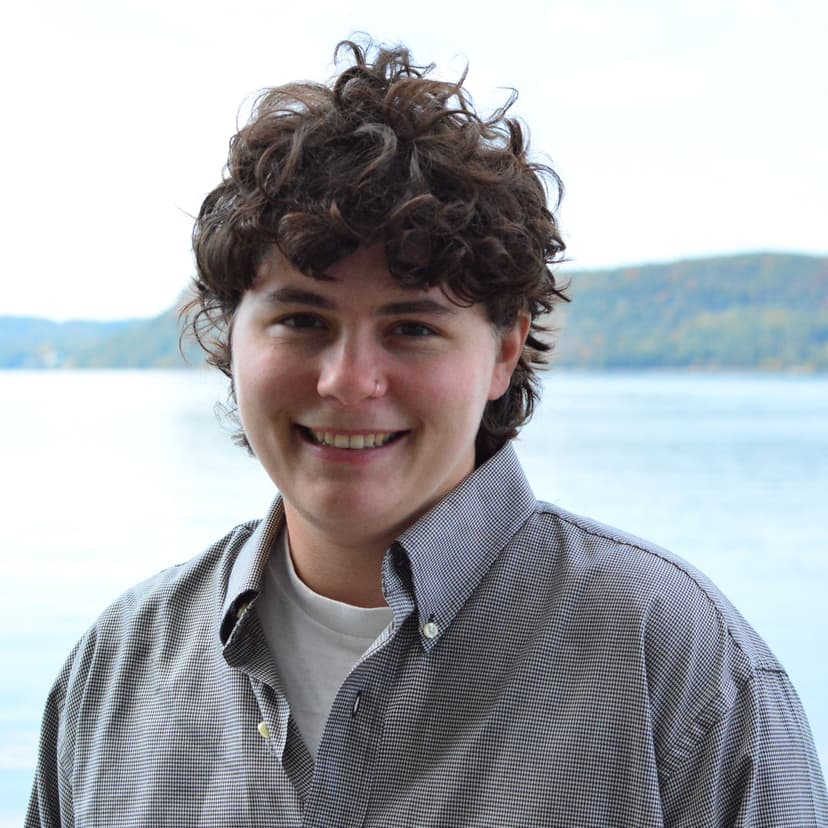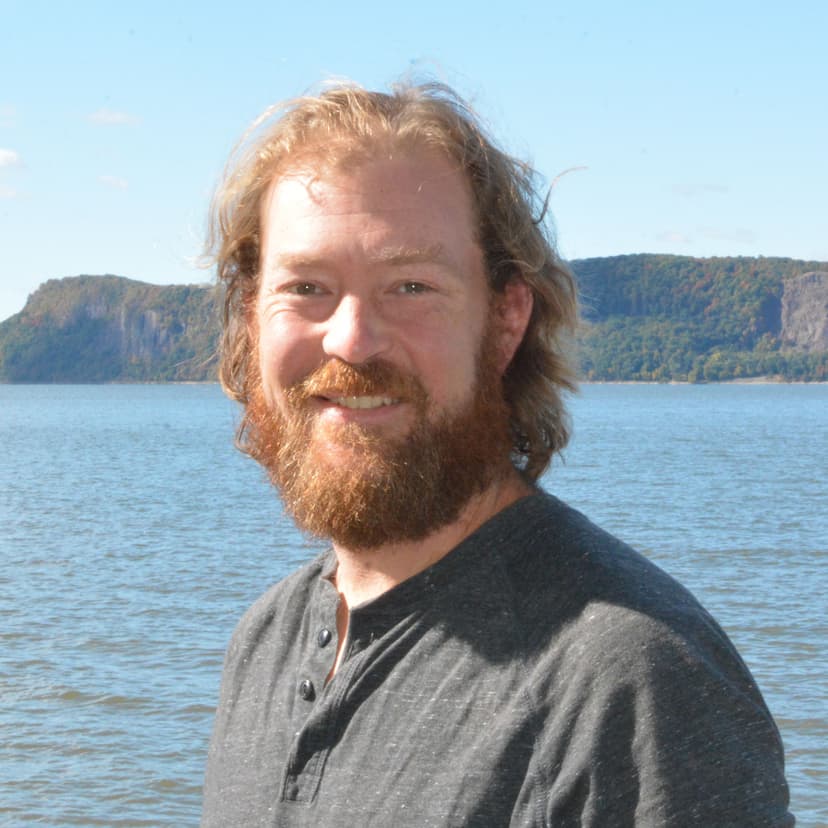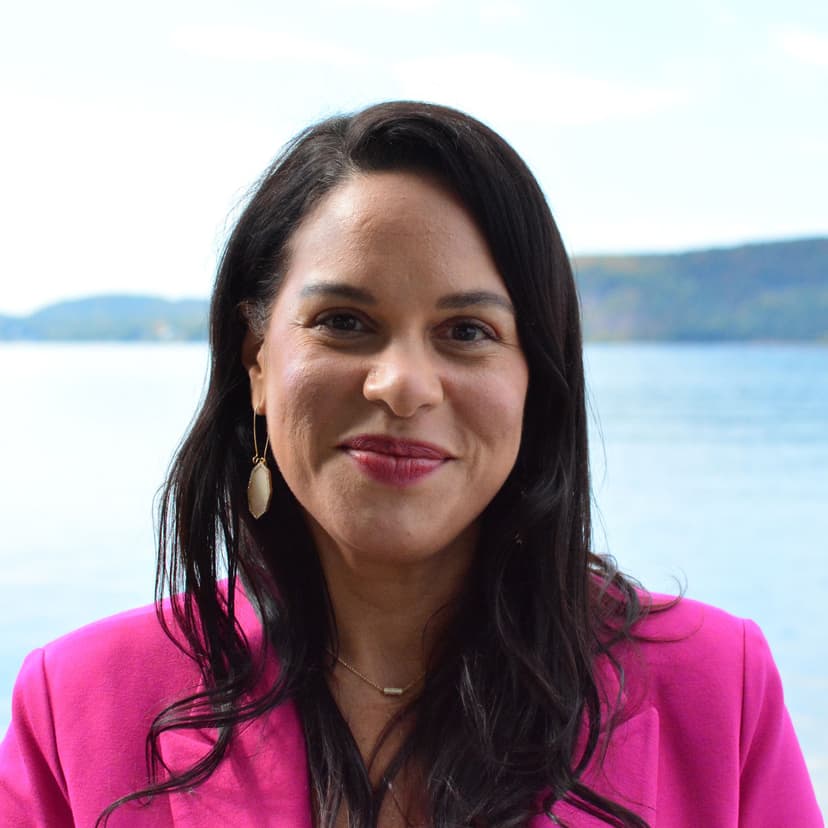Work with us
Join our team of dedicated professionals working to restore the Hudson River and safeguard drinking water supplies for millions of New York residents
Our values as a team
Open positions
Click on the links below to view the full job descriptions and apply for one of our current openings.
Habitat Restoration Project Manager
Benefits
Benefits for eligible staff include:
Paid time off and holidays
- Paid vacation, holiday, floating holiday, personal, and sick leave
- Paid time off for summer Fridays (July - August) and the week between Christmas and New Year’s Day
Financial and savings benefits
- Voluntary 403(b) plan with employer match
- Flexible spending accounts for health, dependent care, and transit
- Employer-paid life insurance
Health benefits
- Health insurance, and employer-paid dental and vision insurance
Growth opportunities
What’s it like to work at Riverkeeper?

Em Ruby
Advocacy and Policy Coordinator
“Riverkeeper is so dedicated, and I love the special connection to place that the organization and staff have. It's really unique to work with people who all have that deep commitment and respect for the Hudson River and the communities that rely on it.”

Neale Gulley
Boat Program Associate and Watchdog Liaison
“Growing up along the shores of the Hudson, my role models were local people with very different backgrounds and skill sets but all of them shared a vision of a cleaner, healthier river. To spend my energy each day in service of that purpose is an honor and privilege.”

Monica Gutierrez
Finance and Operations Manager
"I have a great love and respect for all the nature that surrounds us. Having the privilege to work among people that share that same love of nature is something I appreciate everyday. For the river!"
Commitment to diversity, equity, and inclusion
Volunteer with Riverkeeper
Join the fight for clean water
Riverkeeper’s work is only possible because of support from people like you who care about the Hudson and the communities that rely on it.
300+
miles of river patrolled annually, from the Upper Hudson and Mohawk River all the way to New York Harbor
396
tons of debris removed from the river by thousands of Riverkeeper volunteers since 2012
$5.5B
$5.5 billion for clean water allocated since 2017 from New York State thanks to our advocacy work
28,148
letters to lawmakers and decision makers in one year